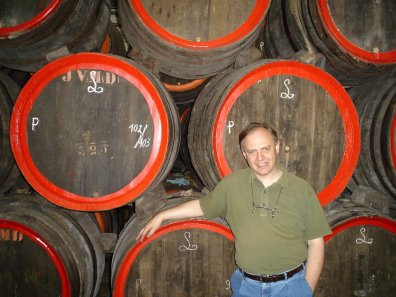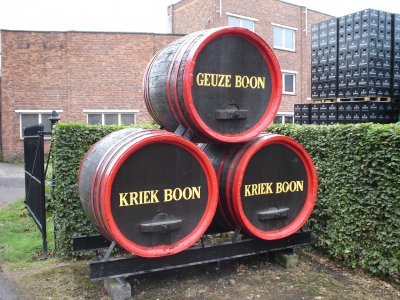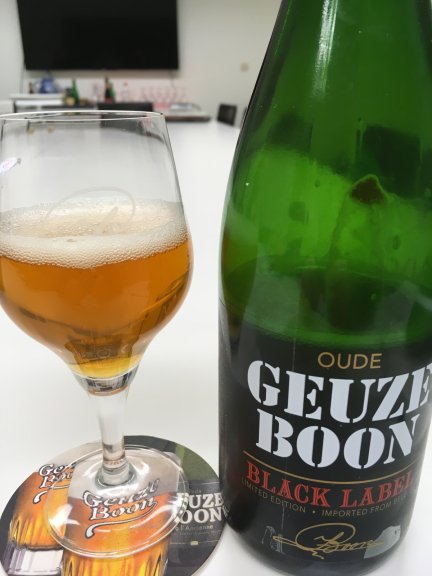 |
| Photos by Ashton Smith, Gail Graves and Mark Hall |
Owen Ogletree set up 16 noteworthy American IPAs that were poured at last April's Classic City Brew Fest in Athens in an IPA blind tasting bracket. The panel of tasters and beer judges moved a beer forward from each group or pair that seemed to have the most clean, impressive IPA character and hop profile.
The tasting panel was comprised of Owen Ogletree, The Beer Wench, Sachin Patel of Five Points Bottle Shops, Ian Meents, Ashton Smith, Mark Hall, Dean Graves, Gail Graves and Jeff Rapp.
From the BJCP American IPA style description...
American IPA: A decidedly hoppy and bitter, moderately
strong American pale ale, showcasing modern American or New World hop varieties.
The balance is hop-forward, with a clean fermentation profile, dryish finish,
and clean, supporting malt allowing a creative range of hop character to shine
through.
Vital Statistics:
OG: 1.056 – 1.070
IBUs: 40 – 70
FG: 1.008 – 1.014
SRM: 6 – 14
ABV: 5.5 – 7.5%
Here's how the blind brackets went down...
Comments from the tasting panel...
01. FAIRHOPE TAKE THE
CAUSEWAY IPA
- Golden amber color; mild grapefruit; slightly earthy; light hop character; dry finish; orange aroma; fruity; malty; pleasant.
02. ALPINE DUET - First Place Best-of-Show
- Resiny; crisp; dry finish; mineraly; golden amber; nice citrus and grapefruit; medium body; fresh hops and orange zest; citrusy; complex; delicious; slight herbal note; complex hop profile; zesty; good malt backbone; resin nose.
03. CURRAHEE GARAND
IPA
- Attractive golden/amber color; herbal, grassy hops; mild bitterness; slightly earthy note; light hay note; fruity esters.
04. BOOJUM HOP FIEND
- Golden yellow in color; big initial hop aroma; long finish with mild bitterness and sweet malt; light musk; sweet toffee note in malt profile; big fruity esters.
05. CIGAR CITY JAI
ALAI IPA
- Sweet malt nose backed by moderate hops; citrusy; big malt component that lingers; not dry; finishes a bit sweet with light bitterness; toffee hints.
06. QUEST ELLIDA IPA - Honorable Mention
- Amber in color; slight alcohol presence; citrus; well balanced with malt and hops; quick, dry finish; citrusy hops; malt comes through more as the beer warms; orange; malty; biscuit; toffee hint; orange marmalade tone; fruity; good bitter finish; floral aroma.
07. THREE TAVERNS A
NIGHT ON PONCE
- Citrus; pine; slightly sweet finish; attractive golden color; good bitterness; hops are bold and upfront.
08. NEW BELGIUM
VOODOO RANGER
- Citrus and pine resin aromas; a hint of a vegetal note; honey; complex hop character; seems well balanced between malt and hops.
09. WYNDRIDGE
LAUGHING CROW IPA
- Over-ripe fruit; lemons; dry finish; citrusy; lemon peel; a hint of acidity in the finish; only mildly bitter.
10. WILD HEAVEN WISE
BLOOD IPA
- Kiwi, grapefruit, papaya and other tropical fruit notes; musky hops; a touch earthy; catty hops; nice bitter finish.
11. GOOD PEOPLE IPA - Second Place
- Nice hop aroma; pleasant malt and hop balance; good bitterness; deep golden color; light nose; body and mouthfeel borders between an American Pale Ale and an IPA; good balance; lightly hopped; slightly light body for style; citrus; quick finish; perfume-like hops; clean citrus; toasted malt hints; good, lingering bitterness.
12. GREEN MAN
WAYFARER IPA
- Slight haze; resin in aroma; dry, crisp flavors; piney, citrusy hop notes; clean hops; moderate malt;
13. THE UNKNOWN OVER
THE EDGE AMERICAN IPA
- Light aroma; sharp bite in the finish; fruity esters; earthy aroma; veggie hints; a bit astringent; more malty than hoppy; could be more crisp and clean.
14. RED HARE GANGWAY
IPA - Honorable Mention
- Sweet, malty aroma; slightly sweet finish; tea-like hints; somewhat light body for style; hints of pepper; mild flavor notes; mild hops; light bitterness in the finish; attractive color for style; finishes a bit sweet; some piney hop notes.
15. SOUTHERN BARREL
TAKEAWAY IPA
- Fragrant, perfumy nose; fruity esters are apparent; American hop character is subdued; more malty than hoppy; could be a touch more crisp and hoppy for style.
16. FOOTHILLS JADE
IPA
- Complex, earthy hops; grainy aromas; nice bittering hops; fruity; tropical; intriguing hops.

























 Global Beer Network partnered with Brouwerij Boon in a bold new push to import Boon brands into the U.S. this summer that will include traditional Oude Geuze Boon, Framboise Boon with fresh raspberries and wild cherries, Kriek Mariage Parfait with 400 grams of wild cherries per liter, kegs of Lambic Boon and Oude Kriek, and bottles of the dry and intricate Oude Geuze Boon Black Label. Made from 40% unmalted wheat, 60% barley malt, aged hops and wild yeasts, the exquisite Oude Geuze Boon Mariage Parfait rests for three years in oak before blending. Oude Geuze VAT 109 is a blend using Lambic from Boon’s 100-year-old foeder number 109. “Our oldest casks host some of our most remarkable colonies of wild yeasts,” says Boon.
Global Beer Network partnered with Brouwerij Boon in a bold new push to import Boon brands into the U.S. this summer that will include traditional Oude Geuze Boon, Framboise Boon with fresh raspberries and wild cherries, Kriek Mariage Parfait with 400 grams of wild cherries per liter, kegs of Lambic Boon and Oude Kriek, and bottles of the dry and intricate Oude Geuze Boon Black Label. Made from 40% unmalted wheat, 60% barley malt, aged hops and wild yeasts, the exquisite Oude Geuze Boon Mariage Parfait rests for three years in oak before blending. Oude Geuze VAT 109 is a blend using Lambic from Boon’s 100-year-old foeder number 109. “Our oldest casks host some of our most remarkable colonies of wild yeasts,” says Boon.